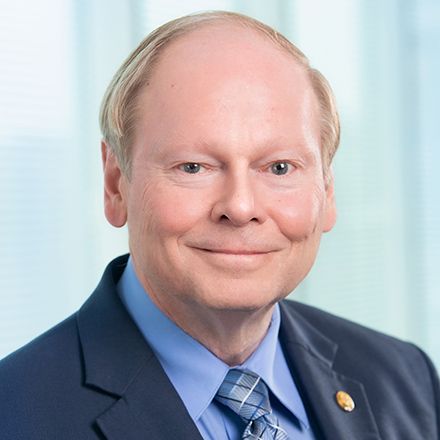Article
Doctors are the real nonprofits
Outlook
Charity care is back in the news. Last month, the Center for Studying Health System Change, or HSC, said that the proportion of US doctors providing care to the needy has dropped over the last decade or so.
In 1996/97, 76 percent or three out of four doctors provided some level of charity care, said HSC in reporting the results of its national survey; by last year, that number had fallen by eight points, to 68 percent. Ongoing financial pressures and changes in practice arrangements-from small practices to larger groups or institutions-account for part of the decline, researchers say. But despite the percentage drop, the number of doctors providing charity care has remained more or less stable-the result of an overall increase in the number of physicians during this period.
Congress has also been looking into whether nonprofit hospitals have done enough to justify their tax-exempt status. On delivering charity care and other scores, it has become "increasingly difficult to differentiate for-profit and nonprofit healthcare providers," said IRS Commissioner Mark W. Everson in testimony last year before lawmakers.
Both the doctor and hospital stories share a common thread: Physician help for the needy and nonprofit charity care are a critical part of the nation's healthcare safety net, especially at a time when the number of uninsured Americans teeters around 46 million.
But that's where the similarities end. Unlike nonprofit hospitals, most doctors are under no legal obligation to provide charity care, except when they're on emergency call and federal law tells them to screen and stabilize all comers, regardless of their ability to pay. (Unless it's for undocumented immigrants, such mandated care isn't reimbursed under EMTALA, the law regulating ED admissions; hospitals also "strongly resist paying doctors for emergency call," says Margaret M. Davino, a healthcare attorney in New York City).
Most physicians help the needy because they want to-and because they view it as part of their professional and social obligation. A few, admittedly, have other views: They believe they should be partially compensated for their time-perhaps in the form of an income tax credit or deduction-and for years have asked the AMA to push their idea in Washington. But the organization has resisted, in part because it would invite stepped-up audits by the IRS, but mostly because it would tarnish the "time-honored code of medical professionalism."
In 2001, the AMA tried to assign a dollar value to this brand of professionalism. Among doctors providing charity care about 7.5 hours each week, the AMA pegged the average annual value of that care at $54,468. In the aggregate, doctors' care for the needy totaled a stunning $19.7 billion, not including another $19.8 billion in bad debt.
Those numbers, adjusted for inflation, may be lower today, given the changes reported by HSC. But even so, doctors still contribute billions of dollars in free care each year-care that would otherwise have to be covered by Washington and the states.
Doctors' willingness to help out is really an object lesson in unforced charity, one that the nonprofit hospital sector would do well to emulate.





